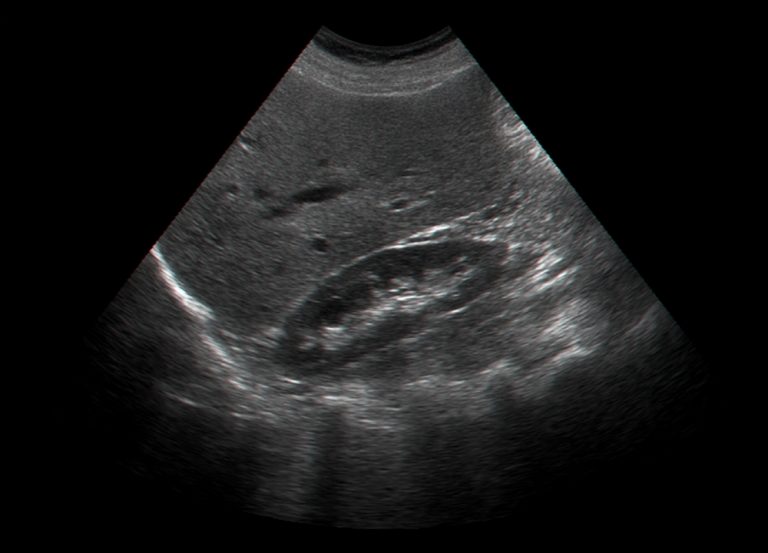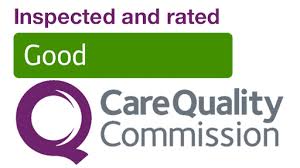Ultrasound imaging of your testicles (also referred to as a sonogram) utilizes reflected sound waves to produce pictures of the testicles and scrotum. This imaging can include both the long, tightly coiled tube that collects sperm (epididymis) and vas deferens, or tube connecting the testicles and prostate gland.
This test can be used to diagnose various issues with the testicles, scrotum or epididymis. It may also detect testicular cancer or an undescended testicle.
1. If you have pain or swelling in your scrotum
Testicular ultrasound is an advanced imaging test that utilizes sound waves to create images of the testicles and scrotum. It provides a quick and painless way to diagnose any issues affecting these organs.
Your doctor may order a testicular ultrasound to diagnose the source of any pain or swelling in your penis. They’ll also use it to check for cancerous lesions on the testicles. With this test, they can detect fluid-filled cysts (lumpy sacs), turmo (twisting of the testicle), and more.
On this step, you’ll lie on your back with your legs spread apart. Your healthcare provider may place a towel under your scrotum or apply wide strips of tape to elevate its height. They then press a handheld device known as a transducer against your skin and move it across your scrotum.
The transducer won’t hurt you, but you may feel a slight pressure as it moves over your skin. Your healthcare provider will then move the transducer several times for different angles of the scrotum and testicles; you can watch on a monitor while they examine your scrotum.
Testicular ultrasound is a fast and simple way to determine whether you have scrotal pain, a lump or swelling. It’s safe and reliable; it could reveal cancerous cells or an infection-related discomfort.
If you’re suffering from scrotal pain or swelling, contact your healthcare provider immediately. They may refer you to a specialist for further assessment and treatment, which could include testing with ultrasound and other tests.
To check your testicles for lumps or other abnormalities, cup them with one hand and feel along the soft, comma-shaped structure that runs above and behind each testicle (the epididymis).
Once you’ve performed this exam, contact your doctor to book an appointment for a scrotum ultrasound. You may require other tests as well, such as a urine or blood test, in order to determine if you have cancer.
Ultrasound can detect the presence of testicular cancer, which is staged according to its size, location and chemical markers produced in your blood. This will tell your doctor when to begin treating the tumor. You might need a chest X-ray or other test to determine if there has been any spread.
2. If you have a lump in your scrotum
When you feel a lump in your scrotum, it could be indicative of something serious. Seeking medical assistance as soon as possible will help protect your testicles from permanent damage.
A lump in your scrotum may be due to several reasons. It could be an infection or hernia (part of your intestines protruding into your scrotum).
Your doctor can order a testicular ultrasound to help identify what’s causing the lump. This painless test should take around 30 minutes from start to finish.
Testicular ultrasound uses sound waves to create images of the inside of your scrotum and is usually performed by a doctor who specializes in this type of imaging, such as a radiologist or urologist. They will use a handheld device called a transducer to transmit the sound waves and capture images of inside your penis.
Ultrasounds can also be used to diagnose testicular cancer and problems with blood flow in your scrotum. They show if there are any abnormalities like cysts (fluid-filled sacs) or hernias.
If your doctor has prescribed a testicular ultrasound, you must change into a gown with drape covering the lower half of your body and lie face up on a table.
The sonographer will apply warm ultrasound gel to your scrotum, keeping the transducer in contact with skin and transmitting sound waves. After imaging is complete, you can gently wipe away the gel.
One of the most common reasons for a lump in your scrotum is epididymitis, orchitis and hernias. An epididymis is an elongated tube connecting your testicles and bladder that connects them together; if you have this condition you may experience pain when urinating as well as swelling of the testicles. Orchitis is another common cause of inflammation within these organs which can be treated with antibiotics.
Hernias can be painful and cause scrotal swelling and discomfort. Although most are harmless, if the hernia becomes large enough to interfere with urinating or bleeding, surgery may be necessary.
3. If you have a history of testicular cancer
If your family history of testicular cancer or you are at an increased risk for developing it, your healthcare provider may suggest getting a testicular ultrasound. These tests help detect signs of testicular cancer early on when it has the highest likelihood of being successfully treated.
Your doctor will ask about your symptoms and perform a physical exam to check for changes or other concerns. If they suspect you might have testicular cancer, they may order additional tests to confirm the diagnosis.
A blood test can detect proteins produced by cancer cells in your body, known as tumor markers. If these levels are higher than usual, this could indicate you have testicular cancer; however, not everyone with cancer has these markers present in their bloodstream.
Testicular cancer is an uncommon illness, affecting approximately 1 out of every 250 men during their lifetimes. Fortunately, it’s curable in 95% of cases; if detected and treated early enough, cure rates can reach as high as 98%.
Testicular cancer can be divided into two types: seminoma and nonseminoma. The former grows slowly with only seminoma cells present, while the latter develops rapidly from multiple kinds of germ cells combined together. Signs that your testes may have these tumors include pain or swelling around the testis, a lump that won’t heal, and an increase in immature sperm count (known as testicular azoospermia).
Your healthcare provider may recommend a testicular ultrasound if they notice changes during a physical exam, or you have a family history of testicular or other types of cancer. This exam helps them detect whether the cancer has spread to other parts of your body.
If the testicular ultrasound is positive, your healthcare provider may suggest performing a biopsy. This procedure is done under sedation and involves extracting tissue from the affected testis through a small incision in your skin.
Biopsy surgery may be necessary if your healthcare provider suspects the cancer has spread beyond the testicle or nearby lymph nodes. During this procedure, a surgeon removes part of the testicle and uses a needle to take samples from surrounding tissues in order to check for cancer cells. These samples are then tested in a laboratory setting.
4. If you have a family history of testicular cancer
Testicular cancer is a malignant (cancerous) growth that develops in the tissues of either or both testicles. Although this condition can be deadly, it is treatable and highly successful.
If your family history of testicular cancer, you should discuss with your doctor about getting a testicular ultrasound. This test can help them determine if the pain or swelling you’re experiencing is due to testicular cancer.
Your doctor can also use DNA to detect if you carry a genetic mutation that has been linked to testicular cancer. If so, your risk for developing the condition is much greater than for individuals without this gene.
Testicular ultrasound is a noninvasive, painless exam that uses sound waves to view inside your body. It can be used to determine if you have testicular cancer or any other medical issues that might cause a lump in the scrotum.
Your doctor may suggest blood tests, which can detect changes that occur when you have a tumor in your testicles. These changes are detectable through changes to certain proteins present in the blood – known as tumor markers.
Your doctor may suggest ordering a chest x-ray to detect cancer spread to your lungs or other parts of the body. A CT scan can also be conducted to look for any affected organs such as liver or brain.
Once your doctor knows the type of cancer you have, they can collaborate with you on a treatment plan. The most common treatment for testicular cancer involves surgery, which involves excising the tumor.
Your doctor may suggest treatments like chemotherapy or radiation therapy, depending on the type of cancer. Chemotherapy can shrink a tumor before it spreads or grows larger; radiation therapy helps destroy the tumor and any cancer cells present.
Men with testicular cancer generally have a good prognosis and most will be cured. The cure rate for people with early stage (localized) cancer is 95% or higher, while people with more advanced disease has been known to reach 99% or higher. Therefore, it’s essential that you receive an accurate diagnosis as soon as possible; doing so can significantly increase your chances of being cured.









